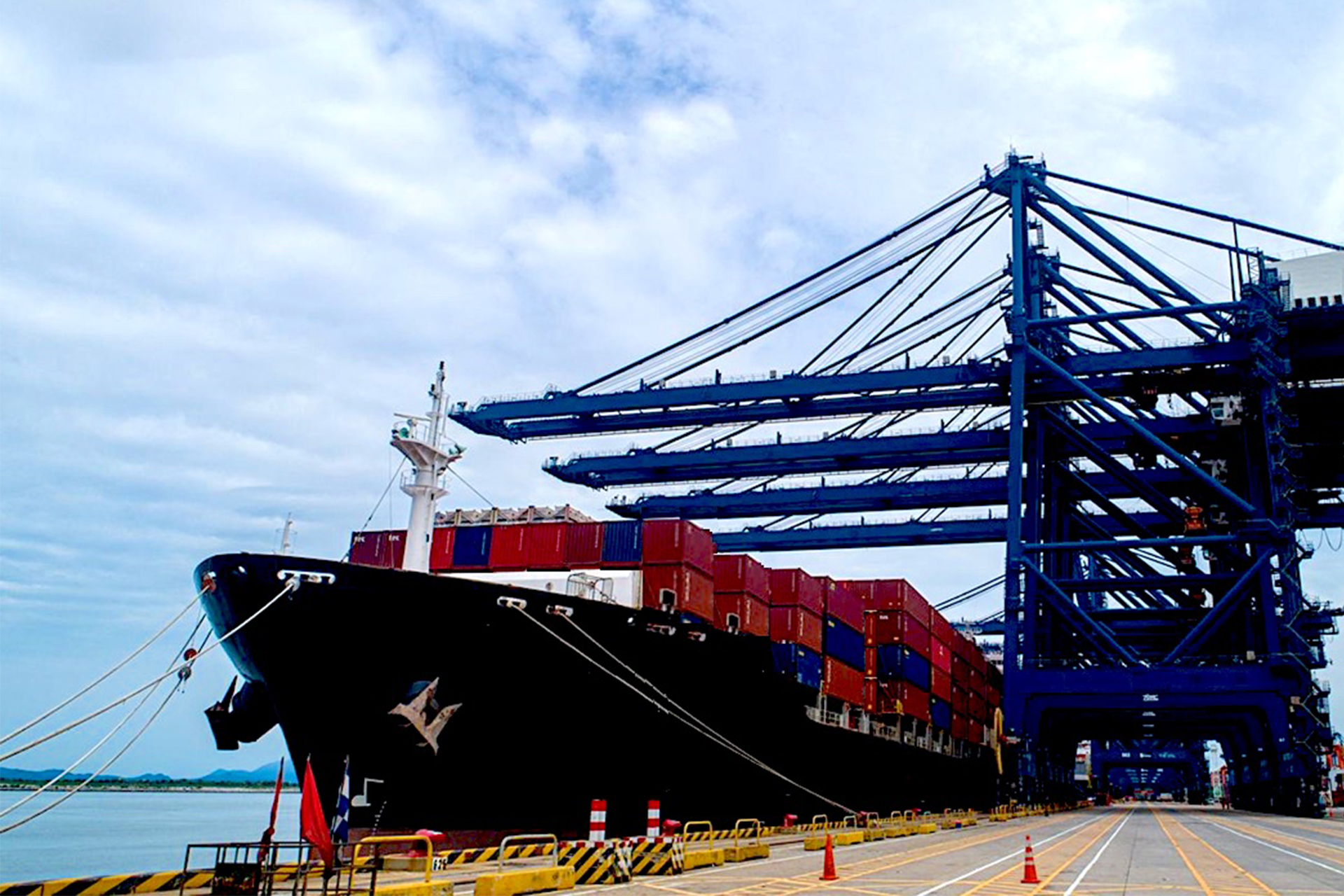The Biden administration has announced plans to launch a series of initiatives to address supply chain challenges affecting the United States.
Although they won’t help the current holiday season log-jam affecting U.S. ports or the immediate challenges facing the trucking industry, the White House said in a statement that it is not waiting to take action and will instead prepare for successful implementation of the historic Bipartisan Infrastructure Deal currently held up in the U.S. Congress as legislators negotiate over it and related measures.
Among the actions the White House said it was taking:
- Support creative solutions to current supply chain disruptions by allowing port grant flexibility, including directing the U.S. Department of Transportation to allow port authorities across the country to redirect project cost savings toward tackling supply chain challenges.
- Alleviate congestion at the Port of Savannah by funding the Georgia Port Authority pop-up container yards project, reallocating more than $8 million to convert existing inland facilities into five pop-up container yards in Georgia and North Carolina.
- Launch programs to modernize ports and marine highways by distributing more than $240 million in grant funding within the next 45 days.
- Identify projects for U.S. Army Corps of Engineers construction at coastal ports and inland waterways within the next 60 days to initiate the development of a roadmap for more than $4 billion in funding to repair outdated infrastructure and deepen harbors for larger cargo ships.
- Prioritize key ports of entry for modernization and expansion within the next 90 days by identifying $3.4 billion in investments to upgrade obsolete inspection facilities and allow more efficient international trade through the northern and southern borders.
- Open competition within 90 days for the first round of port infrastructure grants funded through the bipartisan infrastructure deal, with DOT announcing more than $475 million in additional funding for port and marine highway infrastructure.
- Develop a comprehensive freight movement playbook for states covering how to use grant and loan programs across the DOT to support goods movement and help alleviate freight bottlenecks.
- Incorporate the best worldwide freight planning practices into state freight plans with revised DOT guidance on such plans that incorporate the best worldwide freight planning practices.
- Call for new data standards for goods movement, with DOT and the Federal Maritime Commission to publish a request for information on standardized data exchange requirements for transportation supply chain goods movement.
In announcing the port and transportation initiatives, the White House stated:
While American ports are a cornerstone of the U.S. economy, outdated infrastructure and the COVID-19 pandemic have strained their capacity and jeopardized global supply chains. According to the 2021 Report Card for America’s Infrastructure Report issued by the American Society of Civil Engineers, in 2018, America’s ports supported more than 30 million jobs and approximately 26% of our nation’s GDP. However, the ASCE report warns that ports face extensive challenges modernizing infrastructure and maintaining essential facilities under threat from sea-level rise and other climate challenges. Only four U.S. ports are among the top 50 busiest ports in the world and no U.S. port is in the top 10. Many U.S. ports also have bridge or depth limitations that restrict their ability to receive the larger, post-Panamax vessels that are the future of ocean shipping. Further, the surge of cargo coming off larger vessels can also strain outdated landside infrastructure. As a result, more container traffic flows through a smaller number of U.S. ports with the offshore and onshore capacity to handle the largest vessels and their cargo. Taken together, America’s underfunded port and waterway infrastructure have real costs for our families, our economy, and our global competitiveness.
Recognizing the critical role American ports play in the global economy, President Biden’s Bipartisan Infrastructure Deal includes an unprecedented $17 billion to improve infrastructure at coastal ports, inland ports and waterways, and land ports of entry along the border. These resources will deliver near-term assistance and make long-term investments to strengthen supply chain resiliency. Along the way, these investments will create good-paying jobs and help America outcompete China. Together, the Bipartisan Infrastructure Deal is the single largest federal investment in our ports in U.S. history.





